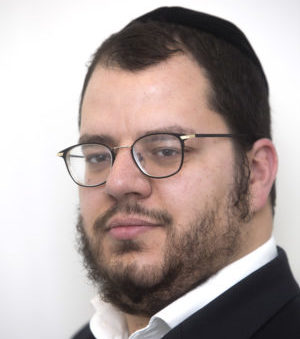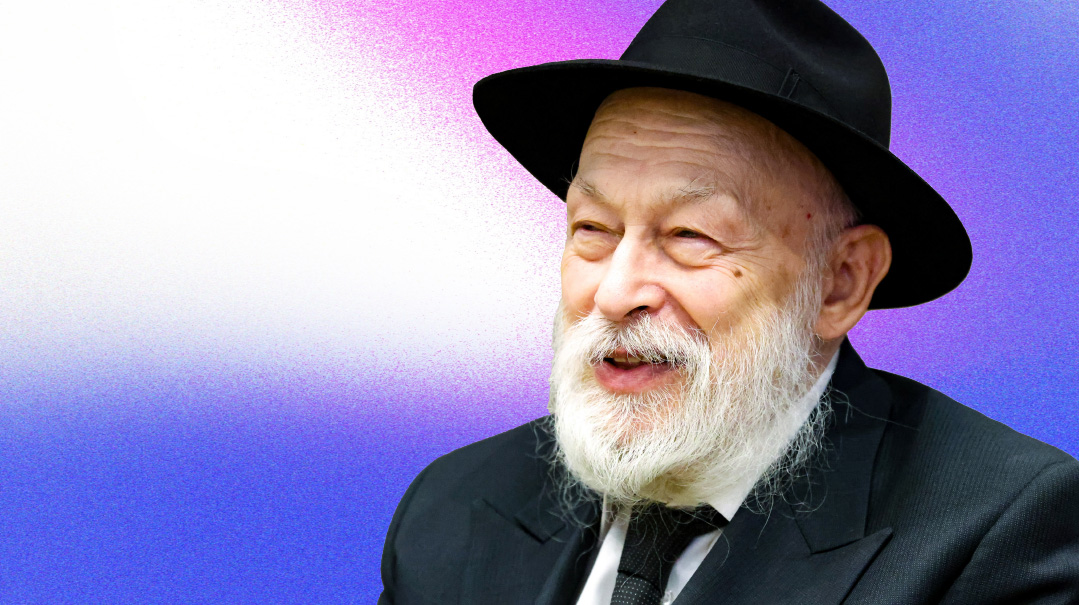Keeper of the Trust

Rabbi Yehuda Krinsky, the Lubavitcher Rebbe’s confidant, secretary, and personal driver, never went out of service

Photos: Yanky Weber, Itzik Roitman
HE is the solitary confidant who shadowed the private life of the Lubavitcher Rebbe in dutiful service for decades, having witnessed so many sublime moments that are recorded solely through his own memory.
“I’ve never relinquished the title of secretary,” shares Rabbi Yehuda (Yudel) Krinsky, the only living secretary of Rebbe Menachem Mendel Schneerson zy”a, whose 30th yahrtzeit falls out next week on 3 Tammuz. Yet Reb Yudel was much more than an administrator sifting through and answering the thousands of letters that arrived at 770 Eastern Parkway every single day. This man of secrets, entrusted with the Rebbe’s most sensitive matters, even penned the Rebbe’s will; a solemn figure dedicated to his mission, he was unwavering in his commitment, knowing every moment carried the weight of something or someone greater than his comprehension. With his trademark refinement and elegance, always impeccably groomed in a well-tailored suit and tie, Reb Yudel — who turned 90 last December yet still chairs Merkos L’Inyonei Chinuch, Agudas Chassidei Chabad, and Chabad’s social service arm Machne Israel — is privy, perhaps more than anyone alive today, to the essence of the Rebbe.
In addition to his personal service to the Rebbe (as part of the secretariat that included Rabbis Mordechai Hodakov, Nissan Mindel, Leibel Groner, and Binyamin Klein), he served as the face of Lubavitch for decades, interfacing with both media and government, having been appointed by the Rebbe back in the 1950s to direct the Lubavitch News Service, including disseminating the Rebbe’s talks around the world via satellite. From 2007 to 2013, Rabbi Krinsky was in the top five of Newsweek’s annual list of the most influential rabbis in the US.
While he was appointed by the Rebbe to head Chabad’s flagship institutions, perhaps the role that identified with him more than any other was that of the Rebbe’s right hand, his secretary, and his driver. He was always there, insightful and mysterious, adept in American diplomatic channels, yet a humble, self-effaced chassid as he entered the Rebbe’s room.
Sitting at his vintage manual Hebrew typewriter, Rabbi Krinsky would spend long hours in the Rebbe’s anteroom, penning correspondence for the Rebbe, handling administrative duties, and, on nights when the Rebbe would receive visitors for yechidus, Reb Yudel would often remain there until dawn, admitting the visitors and being there to drive the Rebbe home.
And his wife, Devorah (Kasinetz) a”h, was graciously on board as he followed the Rebbe’s grueling schedule. It was said in Crown Heights that there were two women who never closed their eyes to sleep before the Lubavitcher Rebbe finished his hectic day, which would usually be sometime around 3 a.m. — the Rebbetzin Chaya Mushka, and Mrs. Devorah Krinsky.
Oops! We could not locate your form.







